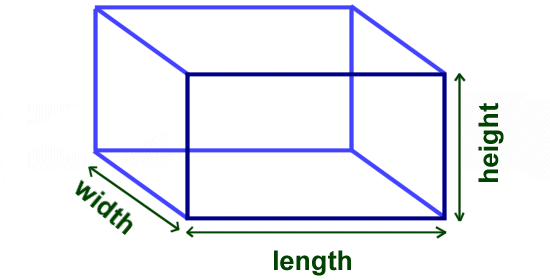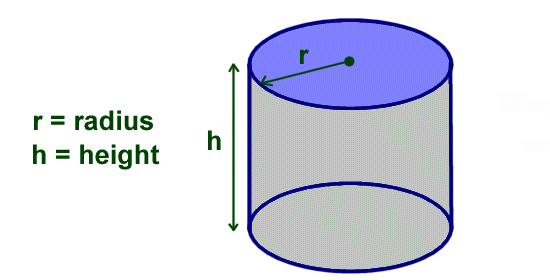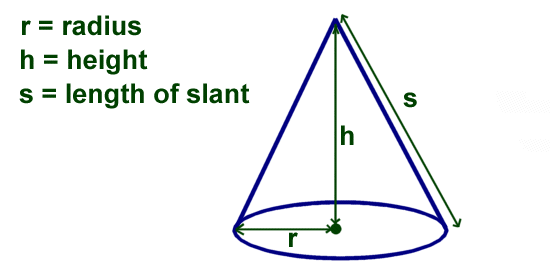Converting
fractions into...Decimals!
For
this week’s post, I wanted to explore fractions again, but this time converting
them not into percentages, but into decimals.
To
convert a fraction into a decimal, you take the numerator of the
fraction and divide it by the denominator.
It
might help to review or have a visual aid (like Trenice referenced in one of her blog posts) that reminds students that
the denominator is the bottom number of the fraction and the numerator is the number on top.
When converting a fraction to a decimal the fraction
bar is the same as a division sign:
a/b
= a ÷ b
On https://www.math-salamanders.com I found these terrific fraction information cards that I will definitely be using in my classroom and to brush up on y understanding of the topic. What I really liked about these cards is that they have multiple representations of the same value. This can help students connect the relationship between, for example, 3/10 equalling 0.33 and 30%
|
Fraction
|
Equivalent to
|
Decimal
|
Percent
|
|
1/2
2/2 1/3 2/3 3/3 1/4 2/4 3/4 4/4 1/5 2/5 3/5 4/5 5/5 1/6 2/6 3/6 4/6 5/6 6/6 1/8 2/8 3/8 4/8 5/8 6/8 7/8 8/8 1/10 2/10 3/10 4/10 5/10 6/10 7/10 8/10 9/10 10/10 |
1/2
1 1/3 2/3 1 1/4 1/2 3/4 1 1/5 2/5 3/5 4/5 5/5 1/6 1/3 1/2 2/3 5/6 1 1/8 1/4 3/8 1/2 5/8 3/4 7/8 1 1/10 1/5 3/10 2/5 1/2 3/5 7/10 4/5 9/10 1 |
0.5
1.0 0.333 0.666 1.0 0.25 0.5 0.75 1.0 0.2 0.4 0.6 0.8 1.0 0.166 0.333 0.5 0.666 0.833 1.0 0.125 0.25 0.375 0.5 0.625 0.75 0.875 1.0 0.1 0.2 0.3 0.4 0.5 0.6 0.7 0.8 0.9 1.0 |
50%
100% 33.3% 66.6% 100% 25% 50% 75% 100% 20% 40% 60% 80% 100% 16.6% 33.3% 50% 66.6% 83.3% 100% 12.5% 25% 37.5% 50% 62.5% 75% 87.5% 100% 10% 20% 30% 40% 50% 60% 70% 80% 90% 100% |
Math Joke of the week:
What did one decimal say to the other?
Answer: Did you get my point?













